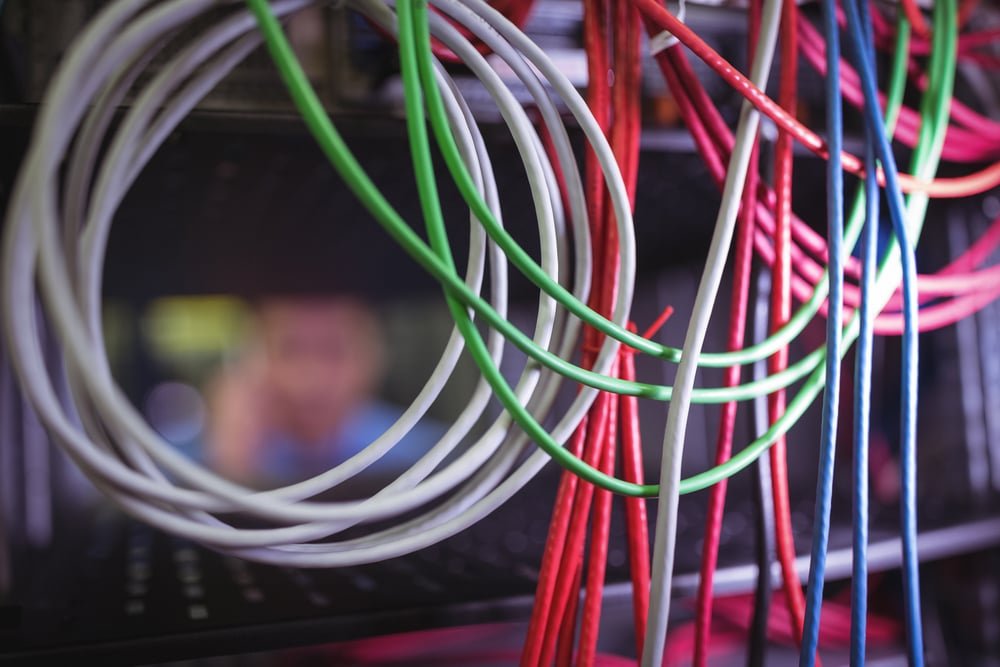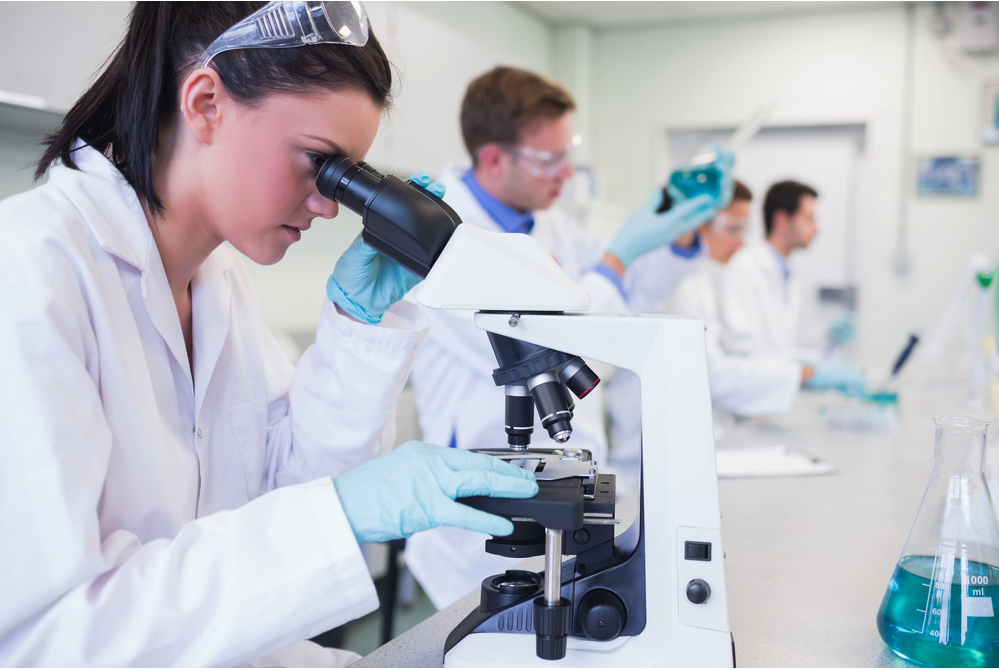Lab monitoring: Wireless? Wired? The choice is clear.
Laboratory monitoring equipment and solutions come in two flavors: wireless and wired. Which makes the most sense for your facility, machinery, and materials?
Wires vs Wireless - Laboratory Monitoring Best Practices
With mobile devices, Bluetooth, and more (outside and inside the lab), we are technologically and culturally conditioned to think “wireless = good; wired = bad”, but that’s not always the case when it comes to the equipment used in the modern laboratory.
Why? The primary issue (though there are ancillary ones, too) can be boiled down to one word: connectivity.
If you’re on the phone chatting, or listening to music via Bluetooth, and a connection drops, no big deal. You call back. You restart. A brief break in connectivity is not the end of the world.
In the lab, however, it could be. A lack of connectivity, say, sensors reporting on the stability and efficacy of equipment storing or processing vital resources, could mean disaster: equipment could fail and you’d have no way of knowing. In the lab, being offline — even for a moment or two — leaves far too much to chance.
It’s tempting, of course: going wireless looks clean (goodbye unsightly cables!) and can save a few bucks. But these short-run gains can be quickly and often irrevocably trumped should you be left in the dark about a system failure because your monitoring equipment was ever-so-briefly “offline.”
There are other issues, too — such as security, and reliance on external networks — that we’ll explore below.
Wireless Laboratory Monitoring Systems Create Internet Dependencies
As absolutely everyone knows, having a stable internet connection is never guaranteed. If your lab is 100% wireless, that means it’s also 100% dependent on a 100% stable internet connection.
Should you have a poor connection (happens every day to most of us) or a lack of connection entirely (also a frequent, unpleasant occurrence), data collected by your wireless sensors will not be delivered. In some cases, depending on the wireless lab monitoring equipment, it may not even be stored locally.
Outside the lab, a “spotty” Wi-Fi connection in a conversation can mean you miss a few words, but you can generally understand the conversation. But spotty Wi-Fi in your lab can mean a missed data point (making reporting inaccurate) or a missed alarm (making an avoidable disaster unavoidable), and result in lost samples, R&D, and more.
Lab work is complicated enough to begin with. It shouldn’t be further complicated by whether or not you have a stable internet connection.
When you’re wired, though, you take spotty connections out of the equation. Wired laboratory equipment monitoring solutions don’t depend on “the network” and can be up-and-running — collecting, storing, and delivering data — even when nothing else is.
Gaps in the Bluetooth
In our day-to-day lives, Bluetooth connections are great. They give us mobility, connectivity, and more. But when it comes to lab equipment and facilities, Bluetooth devices have gaps that make using them unfeasible in the modern lab.
According to AT&T, Bluetooth as a wireless data transfer standard, “has some associated cybersecurity risks… avoid using Bluetooth to communicate sensitive information.” So… there’s that. And while security (or lack thereof) may be Bluetooth’s most glaring deficiency, there are also connectivity issues, just like those discussed above.
Bluetooth connections can be incredibly unpredictable and are not guaranteed. Having a Bluetooth connection relies heavily on the distance devices are from each other, and in a lab, such distances are rarely “uncongested.” The Bluetooth signal must traverse equipment, storage tanks, cabinets, appliances, and more to get where it needs to go, which means the signal often fails to be received.
The number of devices connected to a Bluetooth receiver can also weaken a connection. The more devices connected, the weaker the connection is across all devices.
However, wired devices always have a direct and dedicated connection, ensuring that data being passed from a sensor to a database or reporting dashboard goes from point A to point B with no disruptions or delays.
Wireless is Not ALL Bad
While we make the case for wired systems over wireless systems for most modern biotech, IVF, and similar laboratories, there are some cases where wireless may be a fit, such as smaller start-up labs with simple floor plans (ideally, no more than a room or two), not too much equipment, and minimal staff.
But for larger labs and facilities with equipment and staff across multiple rooms or floors, a wired lab monitoring service is a much safer solution. It also ensures the safety of projects, processes, and programs that simply can’t weather a spotty connection or be offline.
For many large-scale laboratories, the primary obstacle of having a dedicated, hardwired monitoring system is simply cost. And it’s true. Were you to build and deploy a wired system, the costs would be considerably higher than if you went wireless. But there’s a middle ground, and that is getting a dedicated, hardwired laboratory monitoring system delivered as a service. And XiltriX provides labs with a wired monitoring solution as a service.
The work our customers do in their labs — gene therapies, sequencing, in-vitro fertilization, cryobank storage, and more — is far too critical to be subject to the risks of wireless uptime and security holes. And we know that “wiring the lab” yourself can be costly. But when you combine the cost-efficiencies of monitoring as a service with the security benefits of being hardwired, you create a lab monitoring solution that delivers the best of both worlds.
Learn more about how to protect your valuable samples, IP, equipment, and devices, in the white paper “How to Secure Critical Life Science Assets and Environments”



